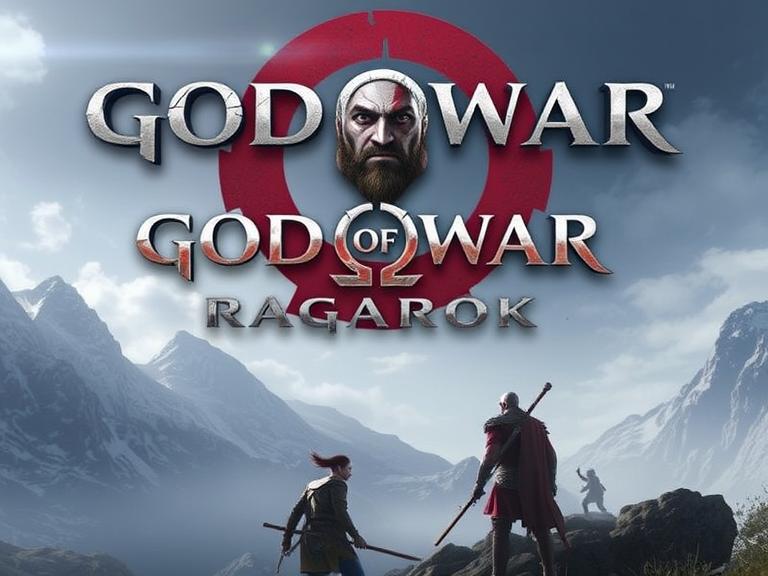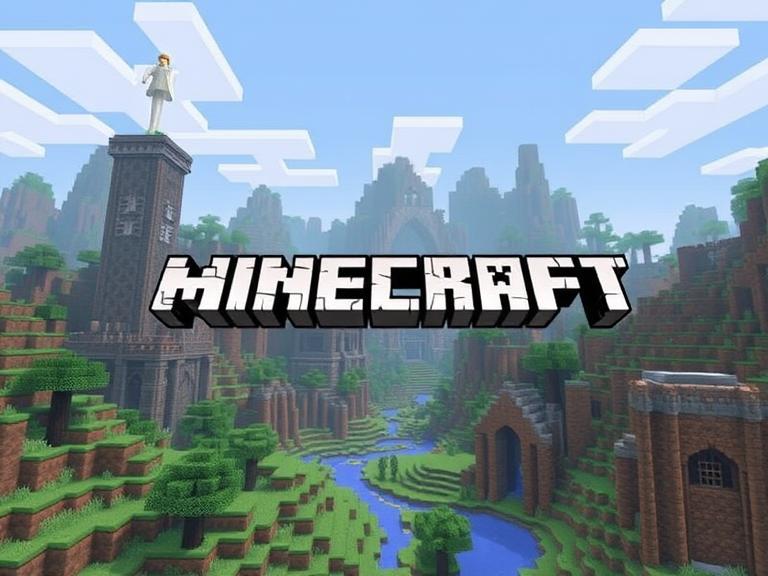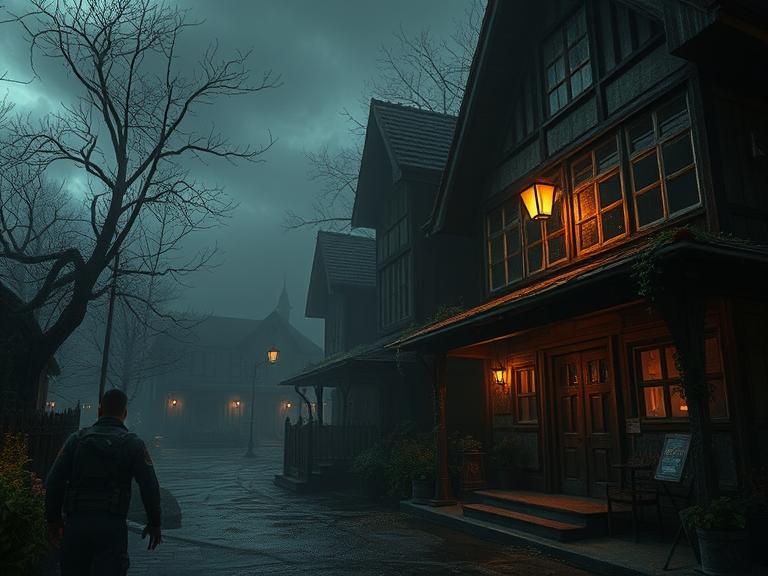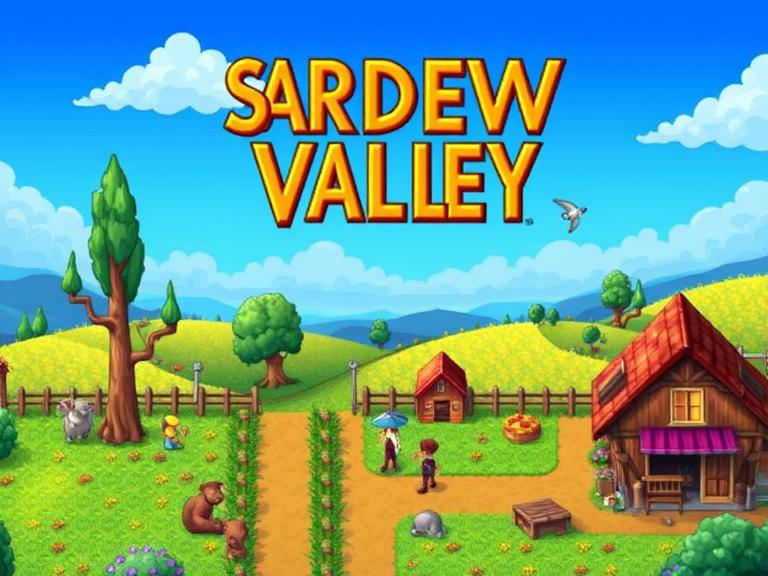In an era dominated by high-octane shooters and sprawling RPGs, Stardew Valley carved out its own niche — one rooted in simplicity, emotional depth, and comfort. What began as a one-man passion project by Eric “ConcernedApe” Barone turned into a cultural touchstone that redefined what cozy gaming means.
At its core, Stardew Valley is a farming simulator — but that label barely scratches the surface. Yes, you can plant crops and raise animals, but the game invites players to engage in deeper, more fulfilling experiences: building relationships, exploring caves, restoring a dilapidated community center, and uncovering hidden storylines.
One of the most compelling aspects of the game is its freedom. There are no timers, no mandatory tasks, and no pressure to “win.” Players progress at their own pace, shaping their farm and social lives however they see fit. This open-ended design is what keeps players returning for hundreds of hours.
The sense of emotional connection is also profound. Every villager has a distinct personality, backstory, and daily routine. Whether it’s helping Shane overcome depression or watching Sebastian open up over time, the relationships feel real and meaningful.
The game’s pixel art style and gentle music contribute to its charm, creating a tranquil, welcoming atmosphere. In a world filled with chaos, Stardew Valley offers a peaceful escape — and that’s why it’s become a beloved title among gamers of all ages.




